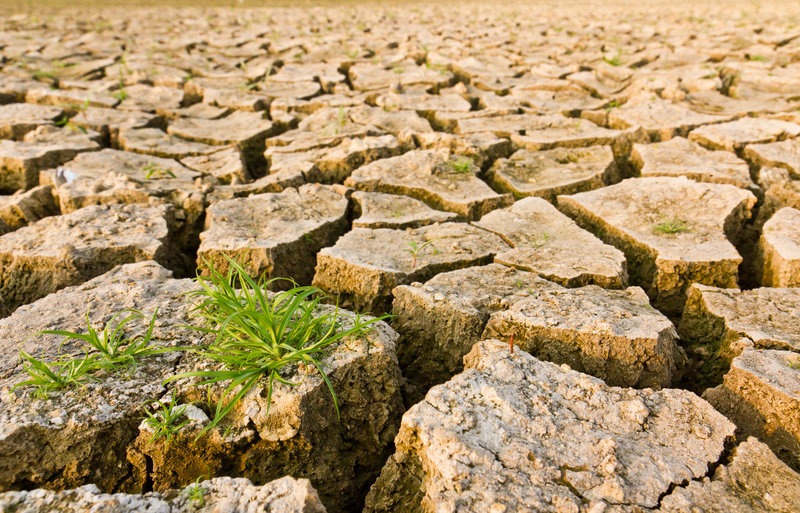CA Contractors #344056

Soil erosion is a natural part of the earth’s geomorphic process, and it takes place via sun, wind, rain, and ice. On the planetary level, erosion occurring as part of nature, in natural landscapes, can be beneficial. Soil erosion in your sloped, Bay Area backyard, however, has a negative impact, and failure to include a soil erosion prevention plan is a common mistake in DIY backyard designs.
Soil erosion depletes overall soil performance and makes a mess in your yard. On a more global level, unmitigated soil erosion winds up washing into storm drains, which has a detrimental effect on local waterways and the ocean. Implementing steps to prevent soil erosion should be an automatic part of your overall landscape plan, particularly if areas of your yard are notably sloped.
Here are some ways to prevent erosion before the rainy season gets underway.
If your yard has slopes of 33-degrees or more, and you don’t have time for plants to root in and take effect, geotextiles are the answer. These large sheets of synthetic fabric prevent backyard soil erosion in two ways.
First, they soften the blow of water on the exposed dirt, and second, the fabric sheets slow down the water’s absorption into the topsoil layers, preventing them from immediately washing off. You can install geotextiles as a short-term solution during the rainy months, and commence with the following steps once the weather dries up again.
“33” is the magic number when it comes to slopes and erosion. Slopes that are 32-degrees or less do just fine using plants, trees, and shrubs, and we’ll discuss that option below. When a landscape designer encounters a relatively bare slope that is 33-degrees or more, s/he automatically recommends terracing and/or retaining walls.
Terraces have been used for millennia to prevent soil erosion and take advantage of steep slopes. Terracing provides ample flat spaces that break up a continuous slope and absorb rainfall.
Retaining walls serve a similar purpose to the more temporary geotextiles we mentioned below. However, they are a permanent way to keep soil from moving down the hillside. Retaining walls can be built using a variety of materials, selected to complement your architecture or existing landscape design, including concrete, pavers, stone, pressure-treated timber, or brick.
There are plenty of beautiful plants that actively prevent soil erosion, and the bonus is they add color and interest to your yard space. Plants depend on healthy root systems to anchor them into the ground. The byproduct of this is that the roots simultaneously hold the soil together. It’s a symbiotic relationship between plant and soil.
Some plants do better than others at preventing erosion. Some examples of perennial plants that do well in the Bay Area include:
The best way to prevent soil erosion in your landscape is to work with a local, experienced landscape design firm who can site-specific solution based on your yard, sun/shade exposure, and your lifestyle.
The team at Bay Area Landscapes has decades of experience designing both commercial and residential landscapes. We’re experts at creating soil erosion solutions for even the steepest of sloped yards. Contact us online, or call us at (510) 342 - 3064, to schedule a consultation.